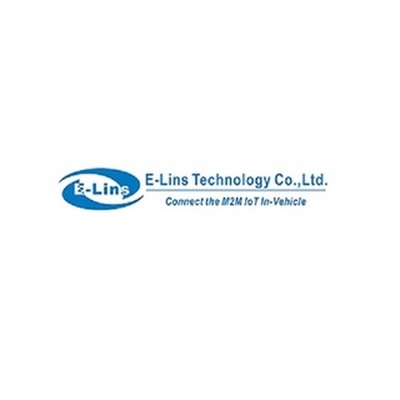-
 Find in Members
Find in Members Find in Videos
Find in Videos Find in Channels
Find in Channels
This website uses cookies to ensure you get the best experience on our website.
To learn more about our privacy policy Click herePrivacy Preference
- Tags - #5G industrial router
-
- Last updated Feb 20 0 comments, 72 views, 0 likes
- Shenzhen, Guangdong Province, China - Get Directions
More from E-Lins Technology
More in Politics
Related Blogs
Archives
Key Features of a 5G Industrial Router:
Body
5G Connectivity:
Supports 5G networks for ultra-fast data speeds (up to multi-gigabit rates) and low latency (as low as 1 ms).
Enables real-time communication for critical industrial applications.
Rugged Design:
Built to operate in harsh environments with wide temperature ranges, high humidity, and exposure to dust or vibrations.
Often certified with industrial standards like IP67 (dust and water resistance) or IEC 61850 (for electrical substations).
Multiple Connectivity Options:
Supports wired connections (Ethernet, fiber) and wireless technologies (Wi-Fi, 4G LTE, 5G).
Can integrate with legacy industrial protocols like Modbus, PROFINET, or CAN bus.
High Reliability:
Features failover mechanisms (e.g., automatic switching to 4G or wired connections if 5G is unavailable).
Ensures uninterrupted connectivity for mission-critical operations.
Security:
Includes advanced security features like VPN, firewalls, and encryption to protect sensitive industrial data.
Complies with industrial cybersecurity standards.
Edge Computing Capabilities:
Some routers include edge computing functionality, allowing data processing and analysis at the source, reducing latency and bandwidth usage.
Remote Management:
Supports remote configuration, monitoring, and troubleshooting, often through cloud-based platforms.
Please visit E-Lins Communication Co, Ltd for more details.
Map
-
Locations on MyWorldGo
Location Information
- Location: Shenzhen, Guangdong Province, China - Get Directions
- Formatted Address: Shenzhen, Guangdong Province, China
- Street Address: Shenzhen
- State: Guangdong Province
- Country: China







Comments